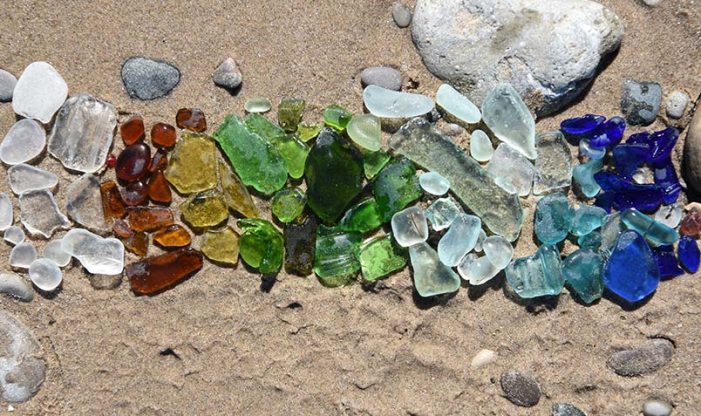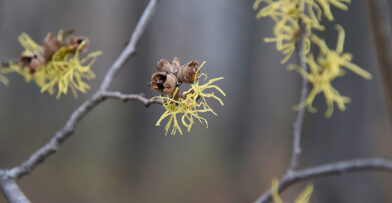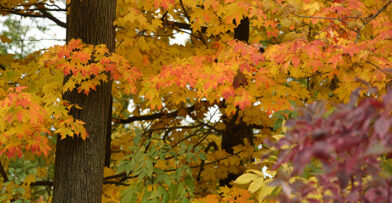One of the exciting things about summer is finding treasures along the Lake Michigan shore in Milwaukee. For explorers young and old, beach glass is a favorite find along the shore. Emerald greens, deep cobalt blues, twinkling amber, and ghostly clear pieces of glass can be found worn smooth by sand and time.
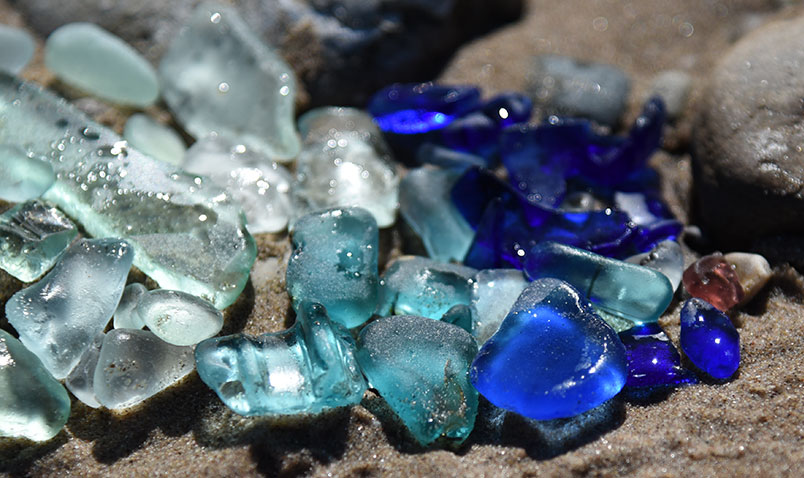
Sparkling Beach Glass Treasures Along the Shore
Looking for glass can be a thrilling foray into history and urban archaeology. Glass can be found in just about every body of water where people have lived or recreated near the water. Not all of it, however, becomes beach glass, or sea glass as it’s also called. In order to develop the smooth weathering and pockmarks characteristic of beach glass, a few things are required: friction against sand or rocks, movement in the water, and most of all: time. Dr. Carlo Pantano has spent decades researching glass as both a career and a pastime at Penn State University. “Glass in fresh water tends to smooth and age more quickly than glass in saltwater,” said Pantano. He says that salt fills in pockmarks and scrapes.
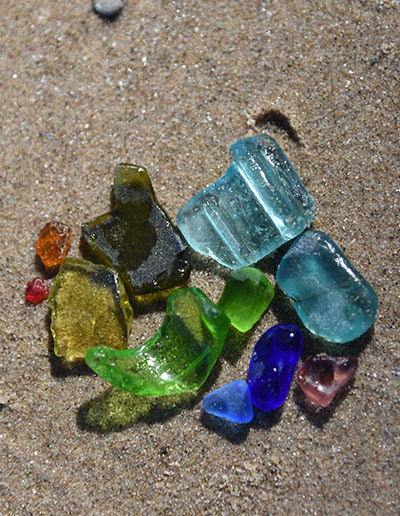
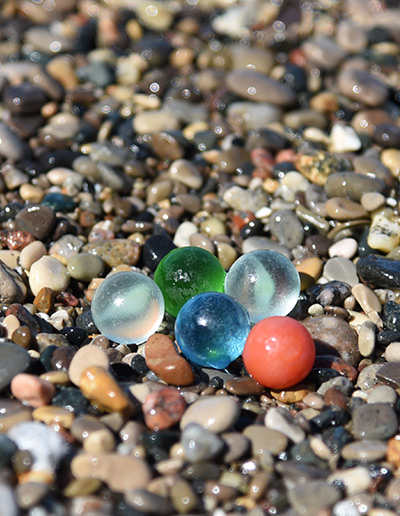
“It’s hard to say how long it takes for glass to become smooth and develop that dusty look – but I’d say at least a year,” said Pantano. One thing is for sure – only time and exposure to the elements can create beach glass. Artificially aged or tumbled glass doesn’t take on the same appearance. “Nobody has developed a process to replicate what happens to glass in a lake or an ocean,” said Pantano. If a bottle settles into a muddy river or lake bottom and is never disturbed, it may remain intact indefinitely.
History of Glass in Milwaukee
When Milwaukee was a small “Western” town, all glass had to be purchased from glassblowers back East, Pittsburgh being the hub of glass production. Costs were high in transporting glassware halfway across the U.S. The first glass company in Milwaukee was started in 1880 by Dr. Enoch Chase, who was already producing cream city bricks from the abundant clay soil. Chase Valley Glass Company procured sand for glass production from Greenfield and Lake Michigan. Glass was blown September through June, with glass blowers refusing to work in the compounded July and August heat. The company continued in a variety iterations until it closed in 1920.
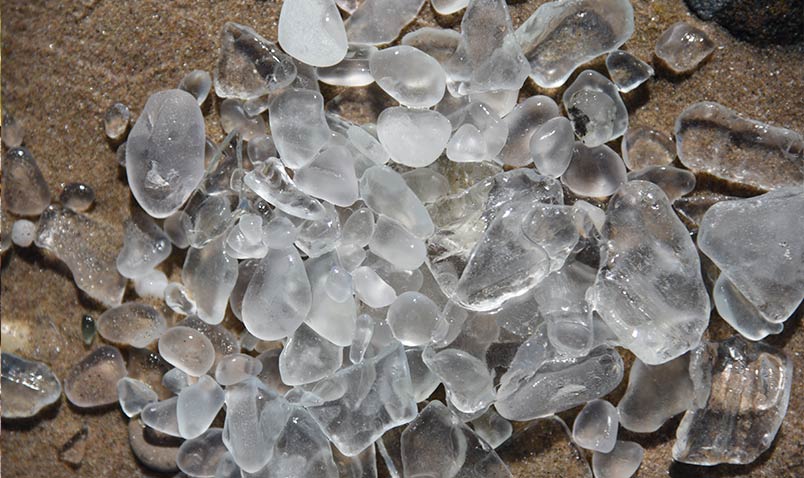
Peter Maas is a diver and bottle collector who seeks treasure throughout the Milwaukee area. Maas says that glass has been going into Lake Michigan since the 1840’s, when the downtown bluffs were used as a dump and garbage barges began dumping into the lake. In the 1870’s – 1880’s, a Milwaukee railroad spur terminated near the location of where Concordia University is presently located. In 1970, a former railroad dump was found near the lakeshore in this area. Maas says that much of that dump gradually washed away into Lake Michigan and could be a source of antique beach glass discovered in the northern Milwaukee area. Of course, new glass continues to find its way into Lake Michigan.
A Palette of Dazzling Colors
“Colored glass became popular around 1910, after the automatic bottle machine was invented,” said Maas. Several colors are commonly found in Milwaukee. “Aqua is the natural color of glass, common to the United States,” said Maas. “Glass has a natural color related to the silica in the sand.” According to Maas, glass colors produced here include: clear, amber, olive green, all shades between those (light amber, yellow, brown). Olive is a little more rare. Cobalt blue glass was also made in Milwaukee. No ruby colored glass was produced in this area and it is therefore extremely rare to find. Opaque white “milk glass” was commonly used for perfumes and ointments and pieces can be found throughout our region.
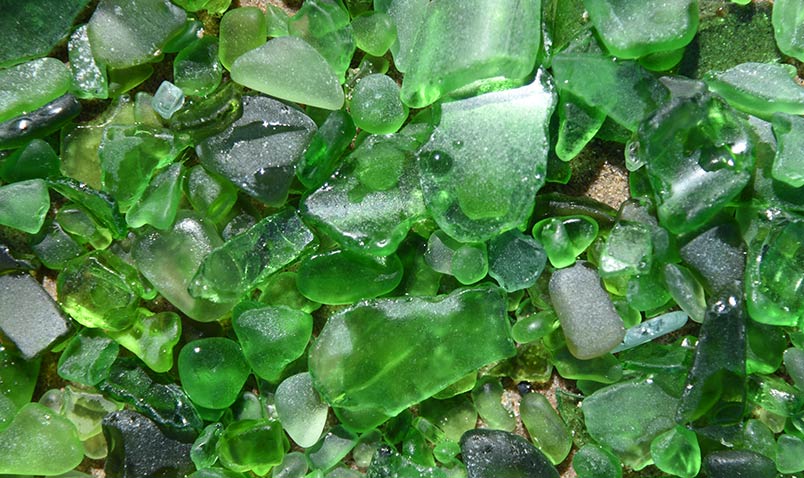
Maas has been scuba diving throughout this region since 1971. He says that as you go farther out from the shore, glass is all over the bottom of the lake, although invasive mussels may have obscured the view of the lakebed. According to Maas, the best time to go searching on the shore for beach glass is after a big storm with lots of waves. “Big wave action brings new things out from hiding,” said Maas.
Finding Beach Glass
Schlitz Audubon is a great place to search for beach glass along the Lake Michigan shore. Beach glass bottle fragments are most often found where waves lap against the shore and pebble-sized rocks remain wet. Large pieces aren’t very common, and the first piece is often the hardest to find. Once you spot the first piece, your eyes become attuned to that certain twinkle, and glass becomes easier to see. Beach glass is the only thing we encourage people to collect and take from Schlitz Audubon, along with any other forms of litter. We ask that if you make discoveries of fossils, rocks, or any other interesting natural finds that you leave them for other people to also discover – but beach glass is your treasure to find and keep!
